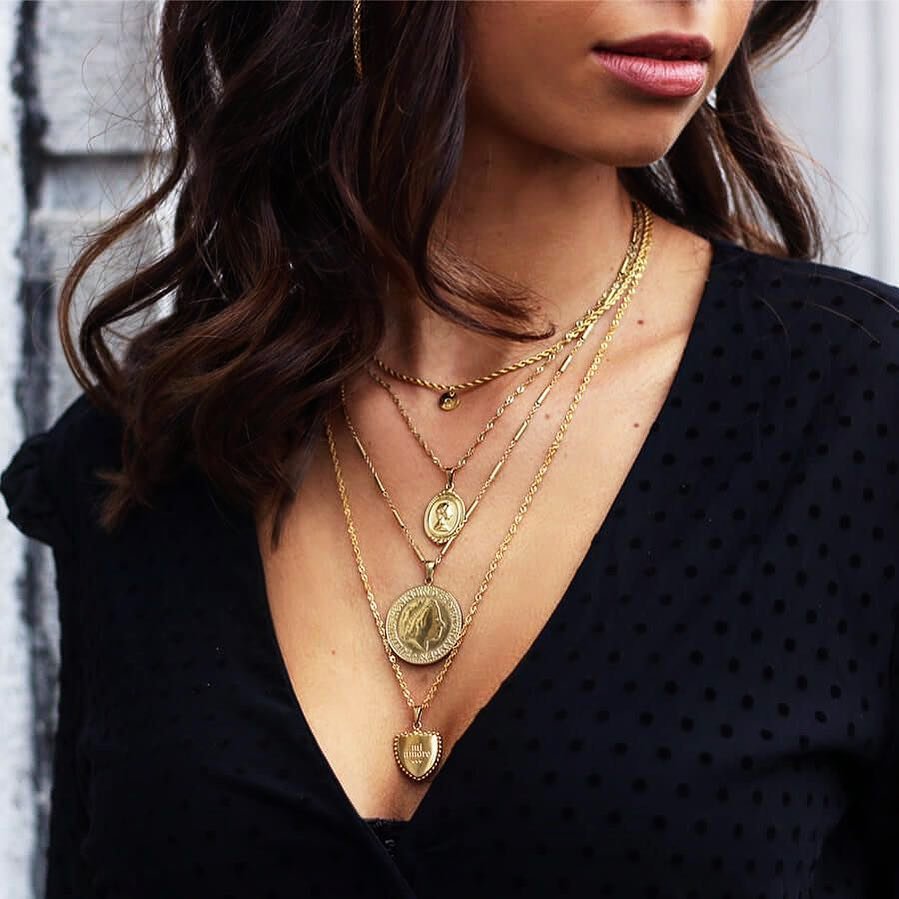As with any commodity that is overwhelmingly popular and sought after across the buyers’ market, the potential for being tricked in to purchasing substandard pieces from fake jewelry brands is becoming increasingly higher with the internet giving con artists a huge outlet for selling their counterfeit goods. The last thing any of us want to discover is that the piece we have worked so hard to be able to afford is not genuine. What you need are my top tips for spotting fake jewelry.
1. Brand Stamping
All of the jewelry industry’s top brands will always undertake the process of stamping their pieces for purposes of authenticity. For example, you will find that real pieces of Tiffany jewelry will be stamped with a ‘T & Co. 925’ or ‘Tiffany & Co. 925’ hallmark. If any piece of jewelry you are thinking of buying does not have these hallmarks, it is a safe bet that it is counterfeit and should be avoided at all costs.
2. Returns Policy
All genuine jewelry outlets will operate a returns policy ranging from fourteen to twenty-eight days depending on brand; this is a sign of credibility and trust between seller and buyer that any issues can be resolved in the proper fashion. Any outlet that does not offer a returns policy should be treated with a great degree of suspicion. There will be a reason why they will not be interested in refunding you and most likely it’s because the jewelry is fake.
Frequently asked questions
Snapshot Survey
Thanks for sharing your thoughts!
Please subscribe for your personalized newsletter:
3. Examine the Quality
It is true that some counterfeit jewelry on the market is made to a very high standard and can be almost identical to the genuine versions, but one handy way to examine the quality of a piece is in the manufacture of its links. Very often, the links of a counterfeit necklace or bracelet are ‘pinched’ together, this is a tell-tale sign of fakery. All genuine, high quality linking will be soldered and completely smooth both to the touch and to the eye.
4. Where is the Certificate?
When buying diamonds, it is important to remember that authentic stones come with a certificate, usually from the GIA. If the retailer is happy to supply this certificate then you can rest assured that you are purchasing a real diamond ring, but if the seller fails to supply this certificate on request then I would advise you to back out of the sale for fear of being sold fake goods.
5. Consider the Price
It’s true, we all love a good bargain, but when shopping for real jewelry you have to be sensible and approach the process knowing that you are going to have to pay big for the real deal. In an ideal world, all diamond necklaces would be in the hundreds of dollars instead of the thousands, but sadly this just is not the case. Be extremely wary jewelry that is offered at much lower prices that you would expect, if it seems too good to be true, it most certainly is.

